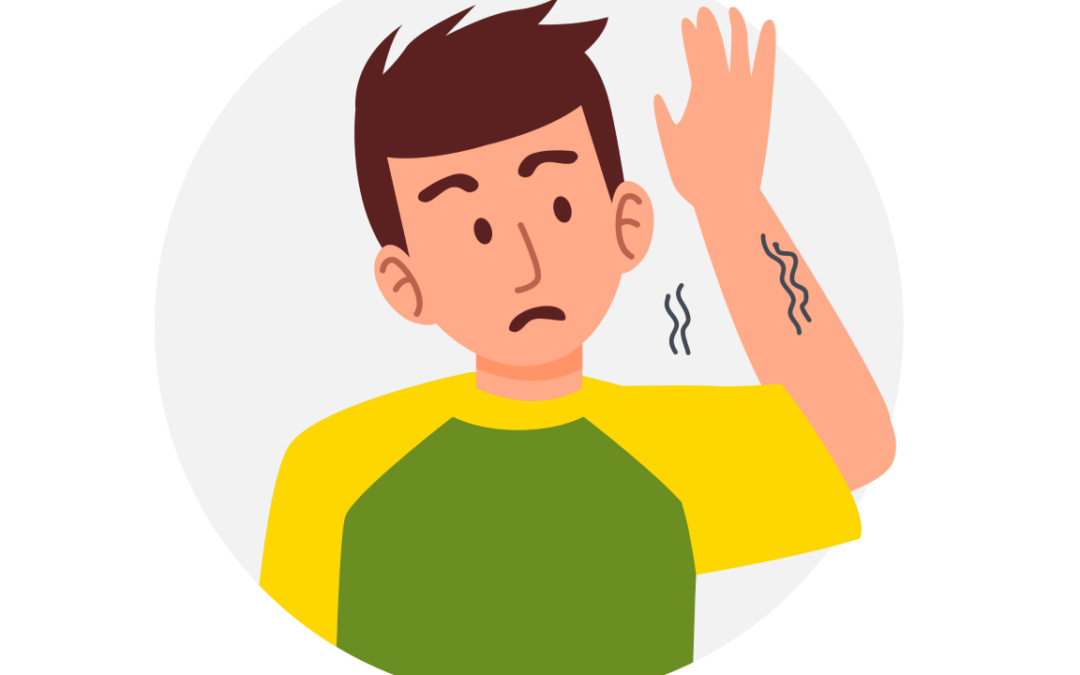Understanding Febrile Seizures: Fits Due to High Fever
Febrile seizures, also known as convulsions or fits, are a common concern for parents of young children. These seizures occur when a child’s body temperature rises rapidly, usually between 102.2°F to 104°F (39°C to 40°C). Febrile seizures typically affect children between 3 months to 3 years old.
Types of Febrile Seizures
There are two main types of febrile seizures:
1. Simple Febrile Seizures: These are the most common type, lasting less than 2 minutes, but can occur for up to 15 minutes. They may happen only once in a 24-hour period.
2. Complex Febrile Seizures: These seizures last longer than 15 minutes, can be more vigorous, and may recur within a 30-minute period.
Symptoms of Febrile Seizures
The symptoms of febrile seizures vary depending on the type:
Simple Febrile Seizures:
– Loss of consciousness
– Rhythmic convulsions
– Confusion and tiredness after the seizure
– Duration of less than 2 minutes
Complex Febrile Seizures:
– Loss of consciousness
– Vigorous convulsions
– Duration of more than 15 minutes
– Repeated seizures within a 30-minute period
Recurrent Febrile Seizures:
– The child’s body temperature may be lower for the first seizure
– Subsequent seizures occur within a year of the initial seizure
– Frequent episodes of high fever
Other Symptoms to Watch For:
– General muscle contraction and rigidity
– Violent rhythmic contractions and relaxations
– Biting of the tongue or cheek
– Clenching of the jaw and teeth
– Eyes rolling back or deviating sideways
– Urinary or stool incontinence
It’s essential to seek medical attention if your child experiences any of these symptoms. While febrile seizures can be alarming, most children outgrow them by age 5.

